Day at Old Sturbridge Village
Travel back in time to the 1830s with me!

I have not been to Old Sturbridge Village in Sturbridge, MA since I was six or seven, which is going on 15 or 16 years ago. Today, it was open for free as part of the state’s “Free Fridays” program, so my mom and I went there to meet Ruth, an old friend of her’s. The drive from Gloucester was about an hour and 40 minutes.
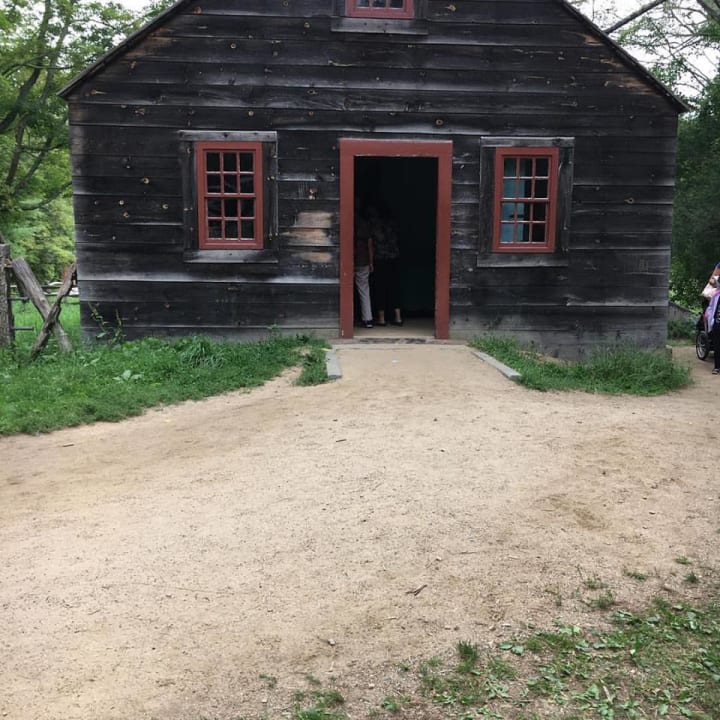
Old Sturbridge Village is a collection of buildings from all over New England that are preserved how they might have looked in the early nineteenth century, specifically the 1830s. The first building we looked at was a lower class house which smelled sweetly of dried apples and herbs.
Out in front of it was a large, enclosed pasture where sheep grazed. I was able to feed one of the sheep a handful of grass; it tickled when the sheep nibbled away the grass.
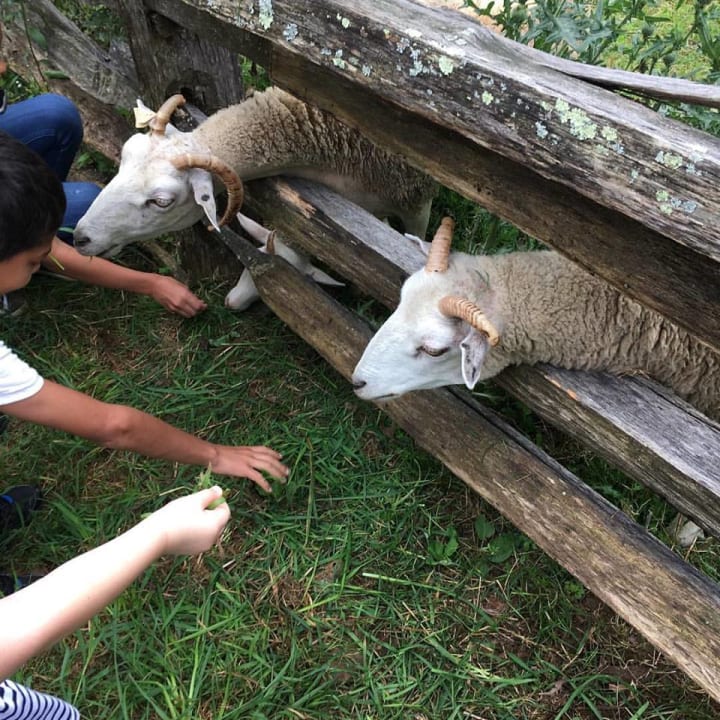
The next two buildings we visited were religious meeting houses, one Quaker, the other Congregationalist. The Congregationalists are now known as the United Church of Christ, the church to which Ruth belongs and is an ordained minister.
Near the Congregationalist meeting house is the parsonage, where a minister like Ruth would have lived in the 1830s.
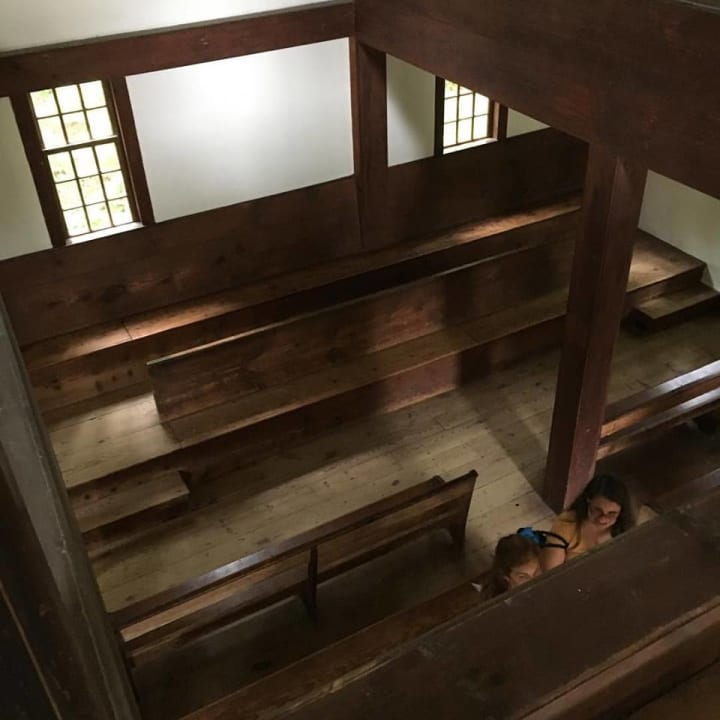
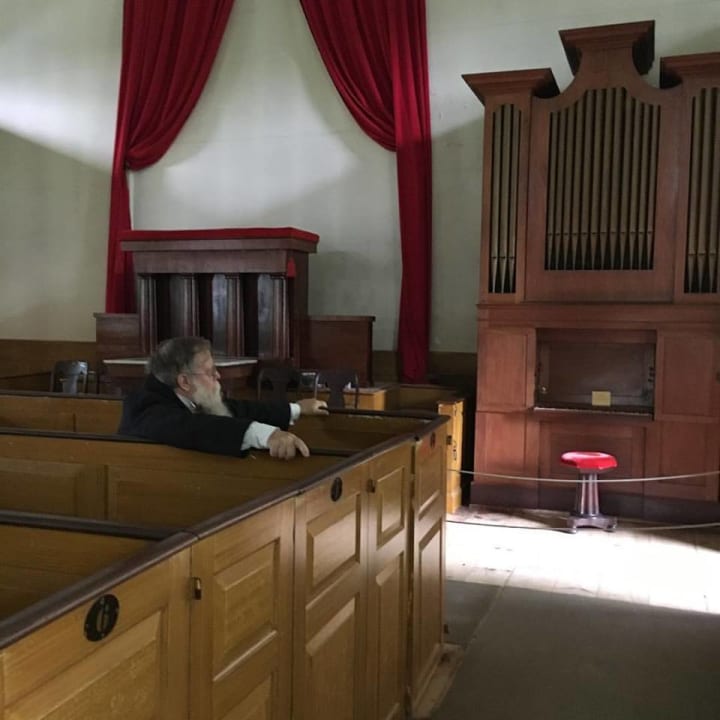
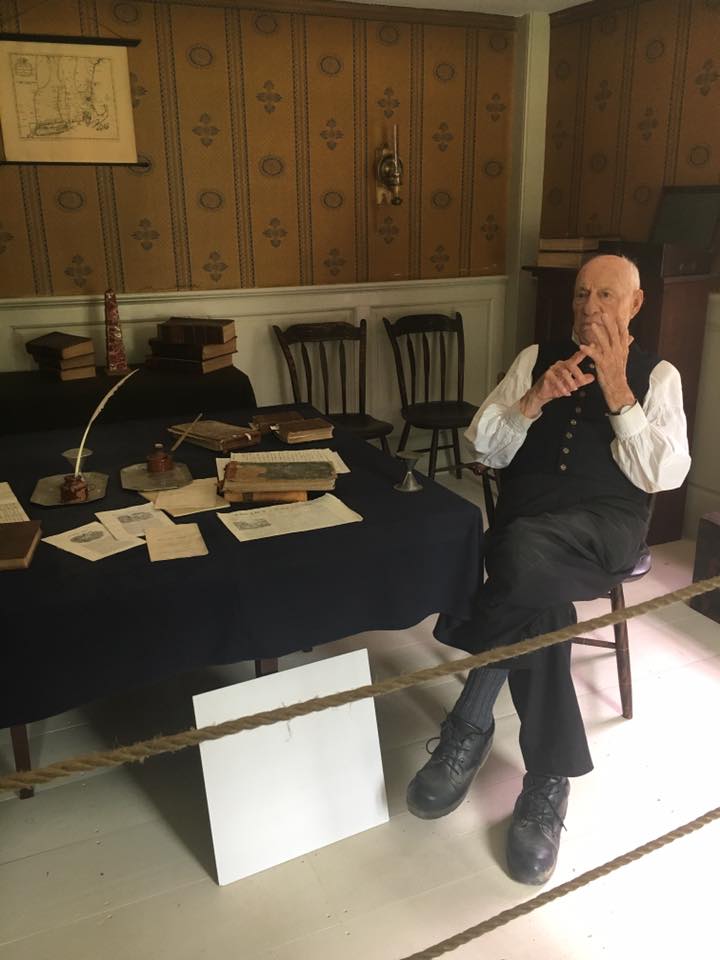
Among the other buildings we saw were a schoolhouse, a cobbler’s shop, and a potter’s kiln and workshop.
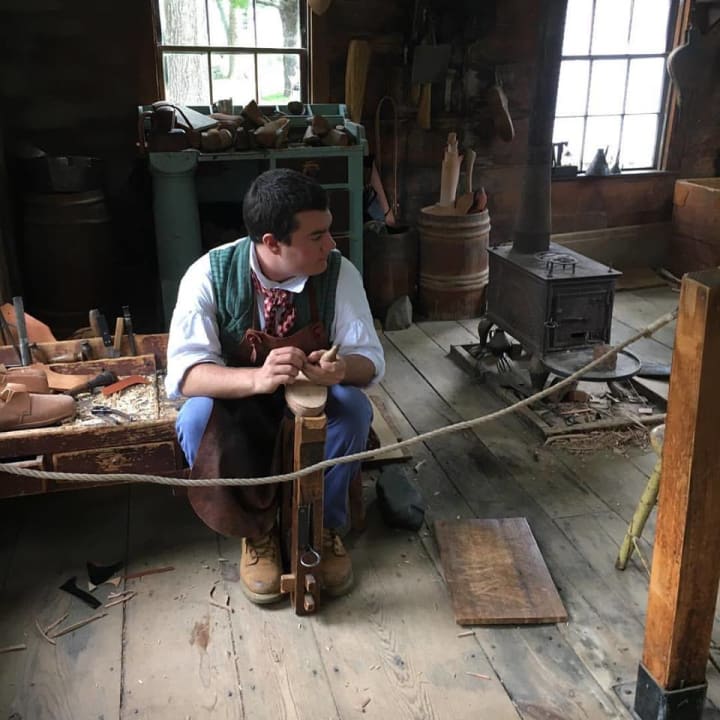

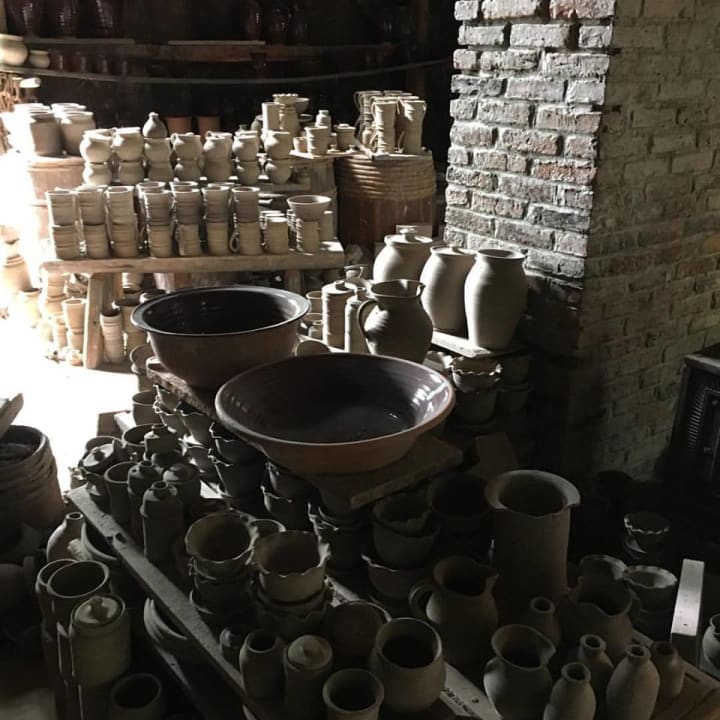
At the farthest end of the village is a small dairy farm, where I got to pet a two-week old calf named Norman. Inside the house, some women were making cheese.
I knew from watching a number of documentaries on historical farming that a substance called rennet, a digestive enzyme found in the lining of a calf’s stomach, is used to curdle milk and turn it into cheese. The barn was filled with sweet smelling freshly mowed hay.
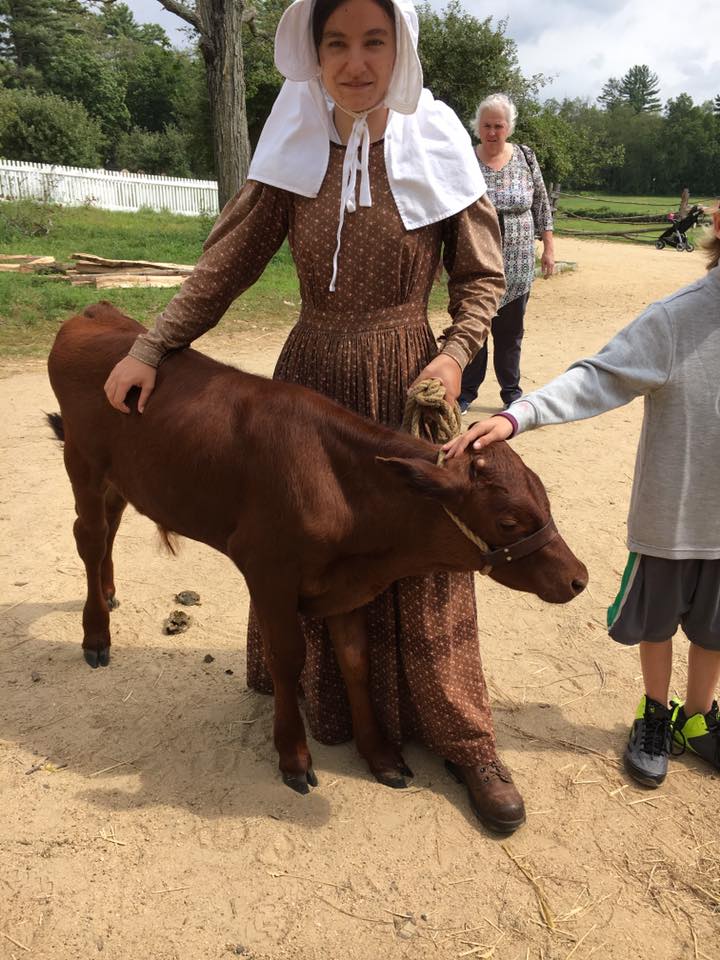
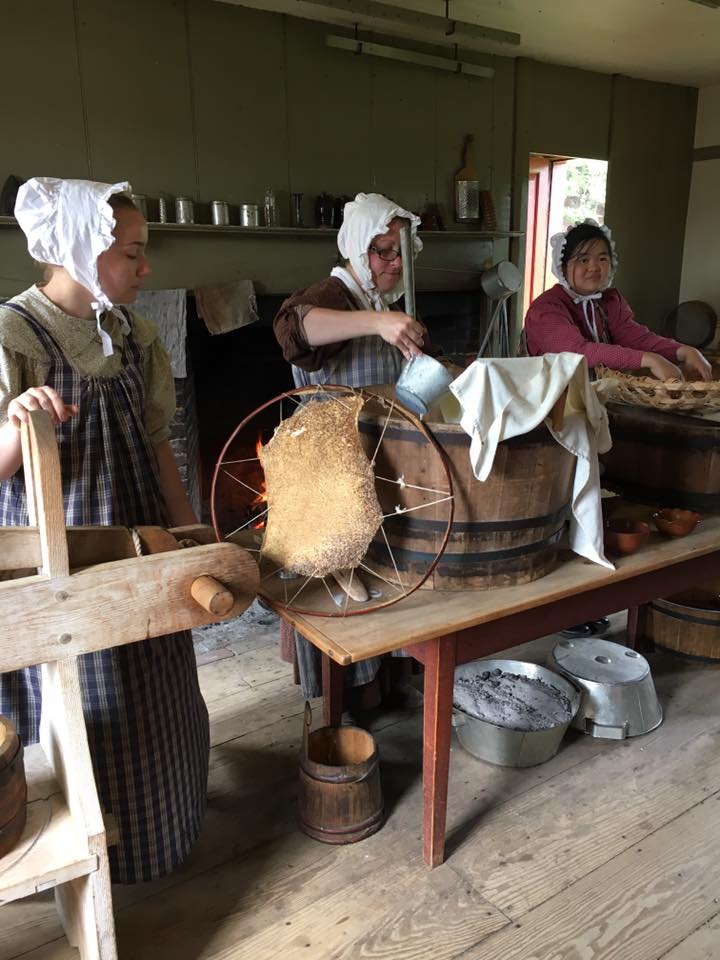
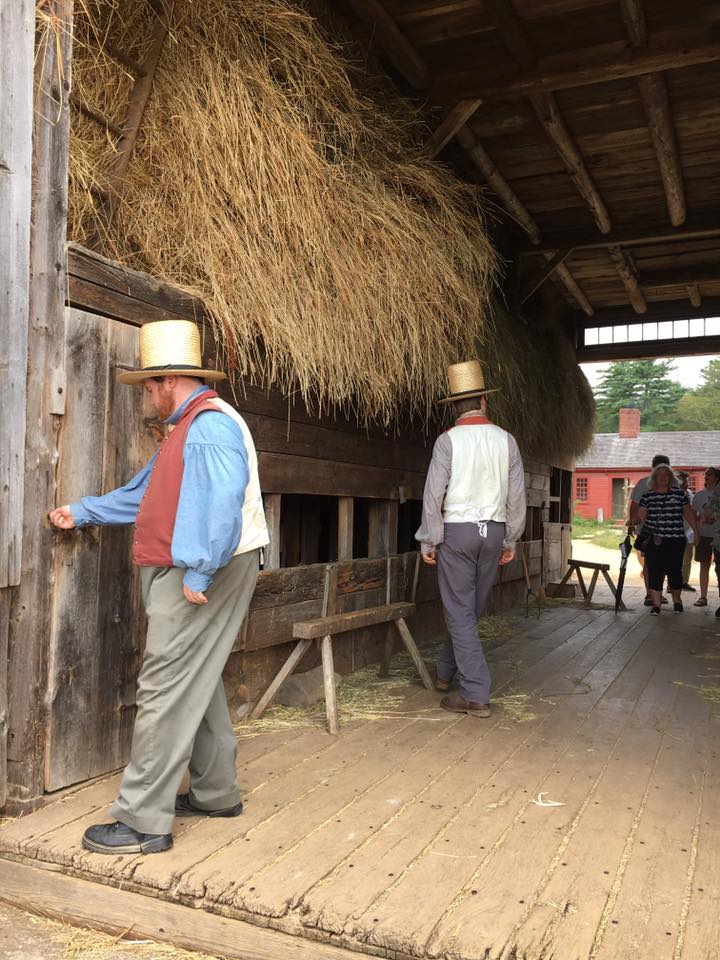
We had to choose between a ride on a river boat or a hay cart since we had to pay for both of them. The hayride was what was chosen, which I felt was something of a rip-off. It only did a quick loop around the village square which I felt was not worth the six dollars we paid for it.
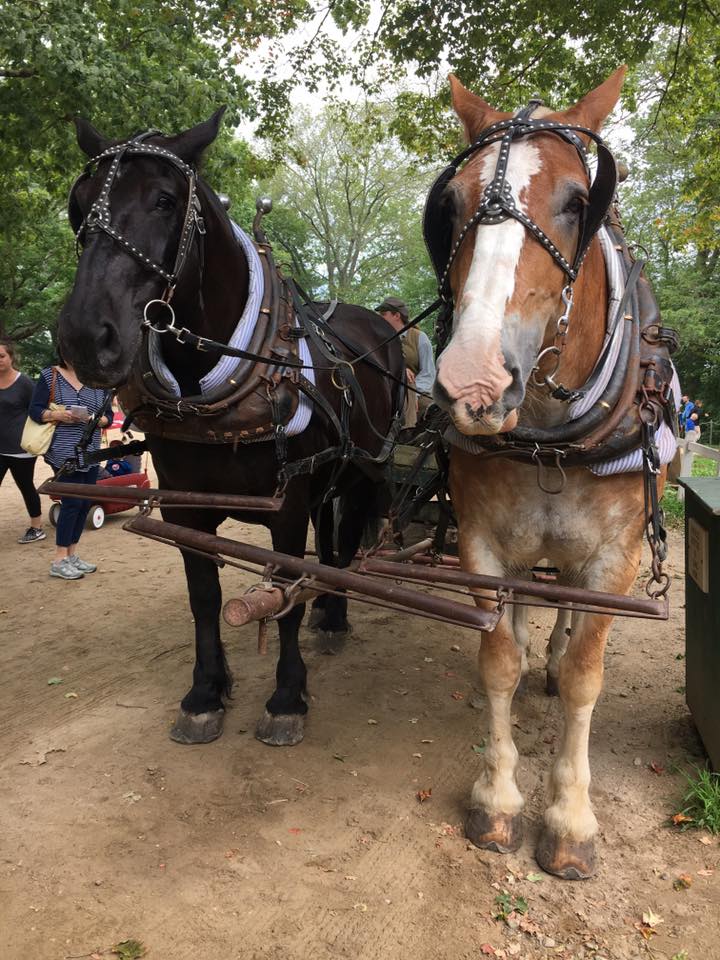
Near the square is the finest house in the village, an elegant home which is where I would choose to live if I was a 19th century Sturbridge resident, and a store where I purchased a sandalwood fan (my old one broke), some postcards, a book on crocheting, and a book called Duel: The Parallel Lives of Alexander Hamilton and Aaron Burr.
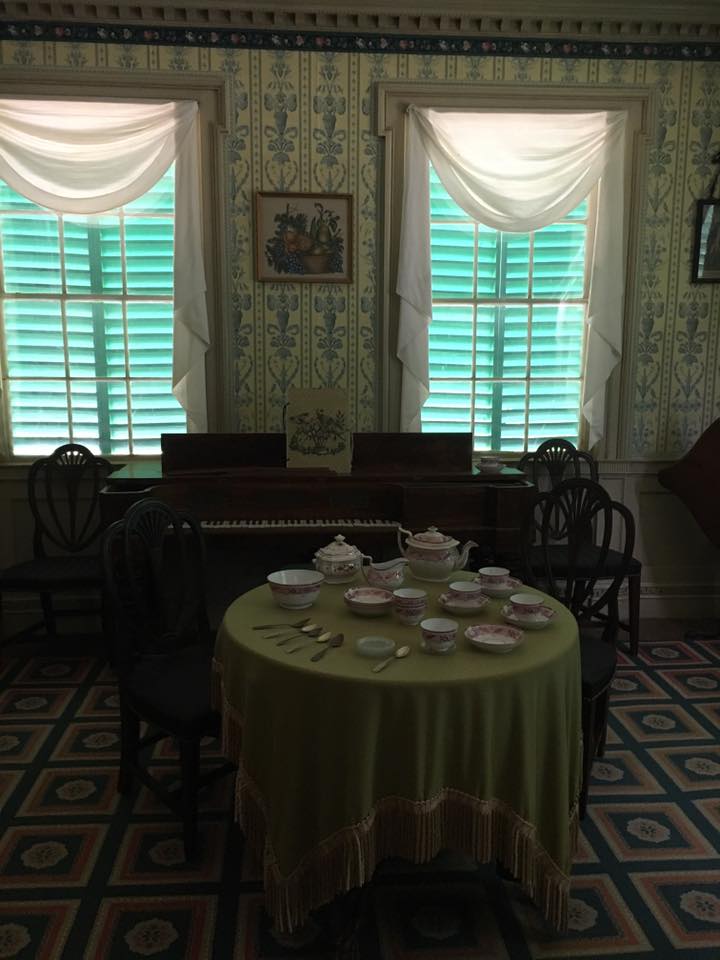
Also near the village square is a bank, where I flirted with a well-dressed gentleman and asked if they gave out student loans. We popped into a house where they were making a quilt and knitting comforters, and a reproduction store with displays of goods which would have been sold there. My favorites were the fans and jewelry.
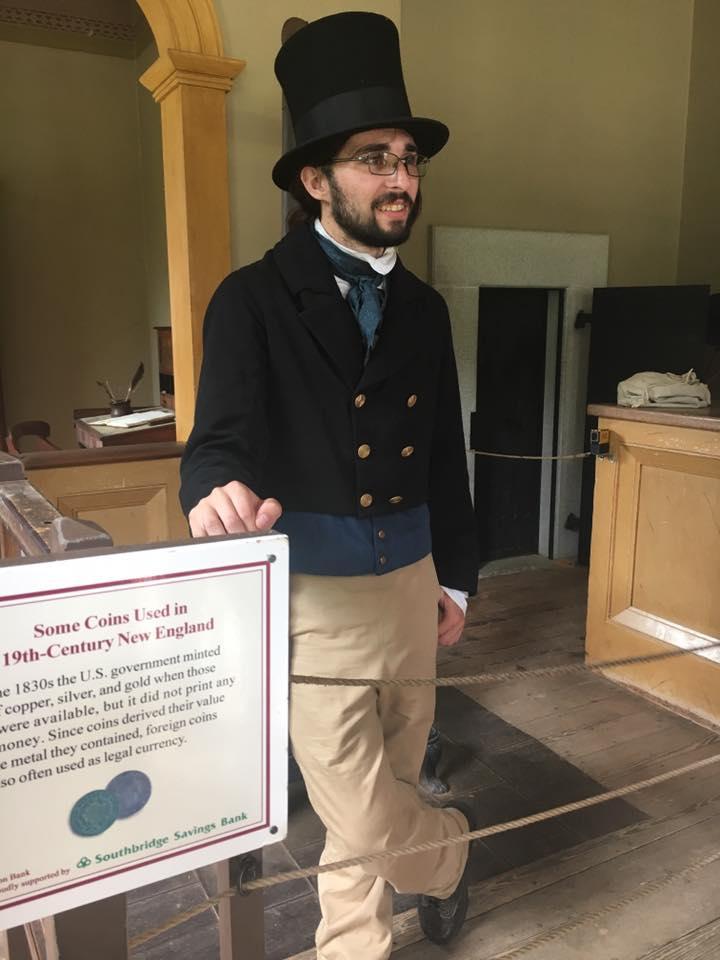
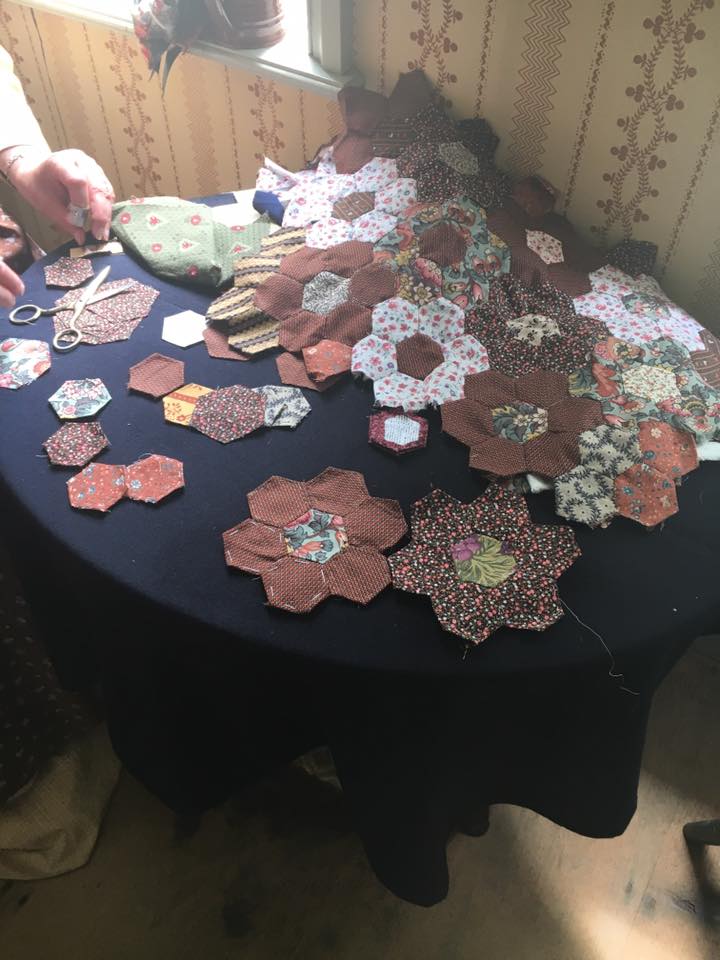
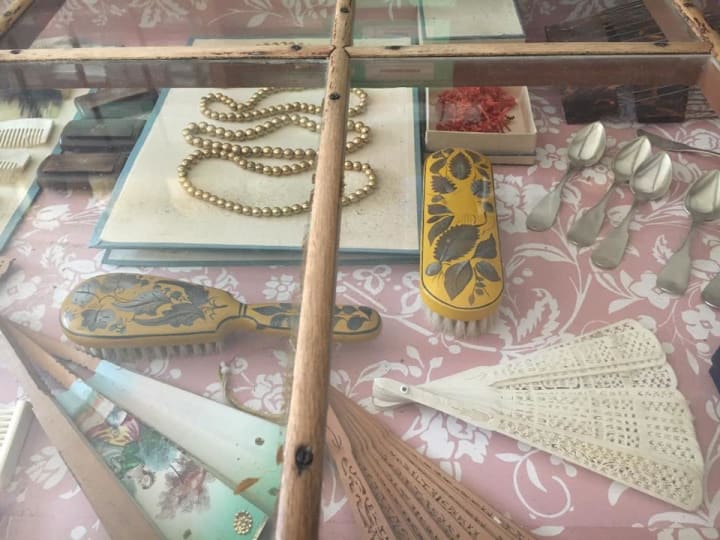
On our way out of Old Sturbridge Village, we passed through its vast gift shop. I bought a packet of columbine seeds and a copy of The Hamilton Affair, a romance novel based on the marriage between Alexander Hamilton and Eliza Schuyler.
We had a picnic of damp cold cut sandwiches on a grassy knoll near the parking lot. Mom and Ruth caught out while I did a preview read of The Hamilton Affair.
I had to be at work in Gloucester by five o’clock. The traffic driving home was heavy and I had just enough time to quickly change my clothes and dash off to Market Basket.
About the Creator
Rachel Lesch
New England Native; lover of traveling, history, fashion, and culture. Student at Salem State University and an aspiring historical fiction writer.

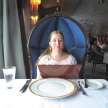
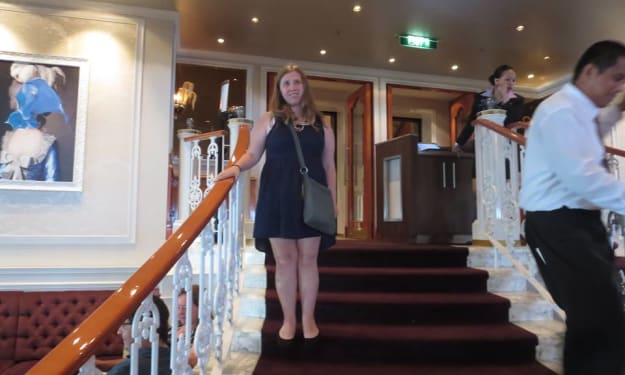



Comments
There are no comments for this story
Be the first to respond and start the conversation.